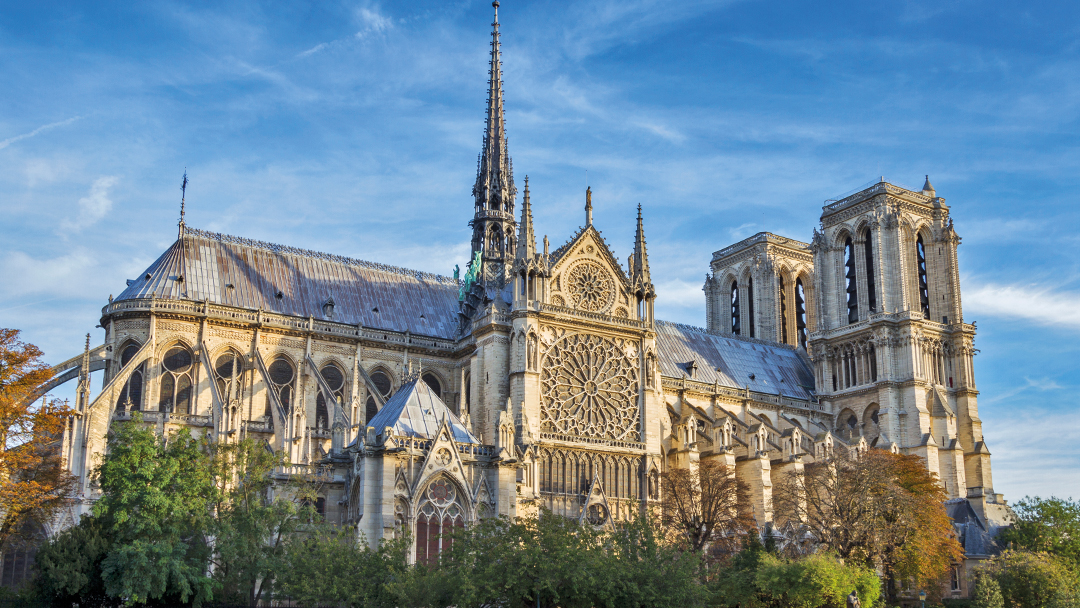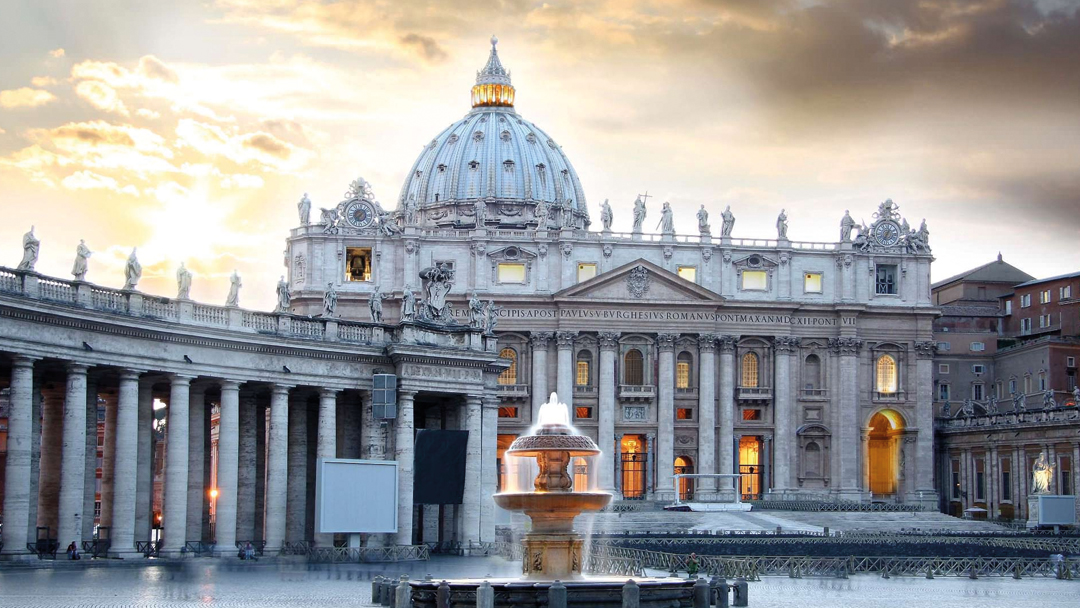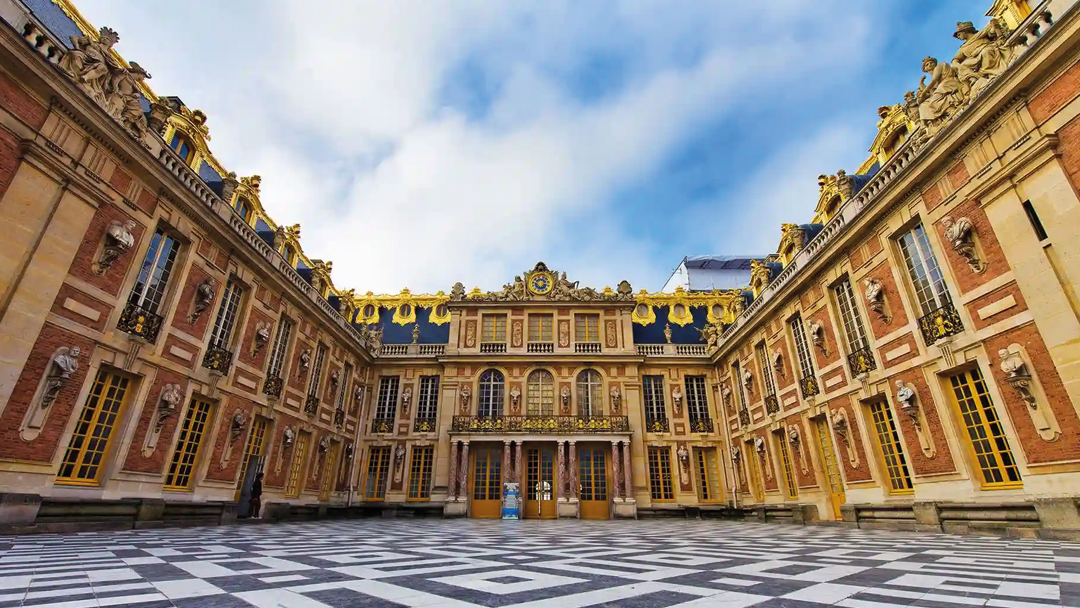Architecture is the embodiment of art, science, and culture—shaping the visual identity of civilizations across time. From ancient temples to futuristic skyscrapers, each architectural style tells a unique story about the era and people that created it. In this article, we’ll explore 10 of the most influential architectural styles that have shaped the built world.
1. Classical Architecture – Ancient Greece and Rome
Period: Ancient Greece and Rome
Key Features: Doric, Ionic, and Corinthian columns; symmetry; proportion; use of marble.
Examples: The Parthenon (Athens), The Colosseum (Rome).

2. Gothic Architecture – Middle Ages
Period: 12th–16th centuries
Key Features: Pointed arches, stained-glass windows, flying buttresses.
Examples: Notre-Dame Cathedral (Paris), Chartres Cathedral.

3. Renaissance Architecture – 14th to 17th Century
Period: 14th–17th centuries
Key Features: Return to classical ideals, domes, proportional designs.
Examples: St. Peter’s Basilica, Villa Rotonda.

4. Baroque Architecture – 17th to 18th Century
Period: 17th–18th centuries
Key Features: Ornate details, dramatic curves, theatrical use of light and shadow.
Examples: Palace of Versailles, Santa Maria della Vittoria.

5. Modern Architecture – Early 20th Century
Period: Early 20th century
Key Features: Clean lines, functionality over ornament, use of concrete, glass, steel.
Examples: Villa Savoye, Glass House.

6. Postmodern Architecture – Late 20th Century
Period: Late 20th century
Key Features: Mixing styles, bold forms, humor and irony in design.
Examples: AT&T Building, Guggenheim Museum Bilbao.

7. Traditional Persian (Iranian) Architecture
Period: Achaemenid to Qajar eras
Key Features: Brickwork, colorful tiles, symmetry, Persian gardens, domes and iwans.
Examples: Persepolis, Shah Mosque in Isfahan.

8. High-Tech Architecture – Late 20th Century
Period: Late 20th century
Key Features: Emphasis on technology, exposed structural elements, industrial aesthetics.
Examples: Pompidou Center, The Shard.

9. Sustainable Architecture – Contemporary
Period: Contemporary
Key Features: Renewable energy use, eco-friendly design, local materials.
Examples: Bosco Verticale (Milan).

10. Minimalist Architecture – 20th to 21st Century
Period: 20th–21st centuries
Key Features: Simplicity, neutral colors, open space, less is more.
Examples: Works by Tadao Ando, modern Japanese houses.

Conclusion
Architecture is more than construction—it’s a reflection of philosophy, culture, and innovation. Understanding these styles gives us a deeper appreciation for the cities and spaces we live in.

